Smederevo Fortress
At the mouth of the Jezava River into the Danube, at the behest of Djurdj Brankovic, in the far north of the country, far enough from the Turkish conquest from the south, and near Christian Hungary, in 1428, the construction of the Smederevo Fortress, the seat of the secular and ecclesiastical authority of what was then Serbia, began. Large quantities of stone, necessary for construction, were drawn from ancient sites - Viminacium, Margum and Kulic, and Serbian medieval cemeteries were sacrificed. In two years, the Small Town was built, with triangular foundations, with six towers, the strongest being the Donjon. The small town was built between 1428 and 1430, while the year of completion of the Big City was not recorded.
The inscription made of red brick on the Despot Tower is preserved on the construction of the city. In the interior of the Small Town towards the Danube, there was a reception hall, or magna hall, an audientie with three Gothic bifora, where the life of a medieval court took place. Next to it was a Romanesque buffalo room intended for the ruler's family. In the small town he worked a well-known jewelry and copy center, as well as a blacksmith shop.
In the period 1430-1439. The Great City was erected in the year, respecting the base of the triangle, with an area of almost 11 ha, making Smederevo's fortress one of the largest European lowland fortifications. Originally, the Fort was built for defense against cold weapons, and soon adapted to warfare. During a long, peaceful period from 1444 to 1453, two semi-circular and one polygonal towers were erected towards the Danube.
There are 19 towers in the Big City whose height was over 20 meters. In this area were the Palace and the Annunciation Church, which houses the relics of St. Luke, even today the patron saint of Smederevo. The big city became a well-known craft and trade center where the Dubrovnik Colony also operated. After the Turkish conquest of Smederevo in 1459 the Serbian medieval state ceased to exist.
The outer rampart to the town and the Turkish corner car at the entrance to the town were demolished by the construction of the railway in 1880. The keys of the Smederevo fortress were returned to Serbia during the reign of Prince Mihailo Obrenović in 1867. In World War I, the Fortress was badly damaged. The last, the most devastating, occurred in an ammunition explosion, June 5, 1941. Nevertheless, the fortress of Smederevo is one of the most preserved medieval buildings.
It was placed under the protection of the state as a cultural and historical monument by the decision of the Department for the Protection of Cultural Monuments of the Art Museum in Belgrade under No. 881 of October 8, 1946. This decision was made on the basis of the provisions of the then Federal Law on the Protection of Cultural Monuments and Natural Resources. Today, this magnificent building is waiting to be reconstructed, to shine in full splendor. Until then, it will still be one of the favorite places for most Smederevians.
BRANKOVIC AND SMEDEREVO:
The last Serbian medieval capital, the town of Smederevo, was erected and inhabited by the last Serbian dynasty of the Middle Ages - Brankovic. The Brankovici are known by this name since the time of the Dubrovnik historian Moor Orbin, and were named after their founder, Sevastocrator Branko Mladenovic, son of Duke Mladen.
Over two and a half centuries, Brankovic's presence in the history of the Serbian people has been filled with political, military, spiritual, ruler and donor activity, by almost every member of this significant and extensive family. Through their activities and family ties with the then imperial, royal and aristocratic houses, the Brankovic celebrated the last decades of the Serbian state, and at the same time they were the ones who, after the fall of Despotovina, began a long history of Serbs in Hungary.
Six members of this dynasty bore signs of despotic dignity, many participated in numerous and major battles, some ended up as distinguished monks, and several members of the family also received a priestly rank.
The most prominent member of this family, a wise and noble man of bitter fate, "gentleman and self-supporter of Serbs", despot Djurad Brankovic, married to Jerin, a Greek from Peleponnesus who descended from the Imperial family Kantakuzin, erected the monumental town of Smederevo, the last Serbian capital of the Middle Ages. On the south wall of the tower in the Small Town will be inscribed: "V Christ of God the faithful despot Djurad the lord of the Serbs and the Sea of Zeta, the more blessed the city is built in the summer of 1430."
Despot Ðurad Brankovic passed away on the 24th of November 1456. About three years later, on 20 June 1459, Smederevo fell, and with it the Serbian Despotovina. It took more than three centuries of darkness for Smederevo to experience a resurrection. On 8XI 1805, the Serbs liberated the city from the Turks and moved the ruling Soviet to it. In this way, Smederevo became the first capital of Serbia of the new century.
ABOUT ĐURÐ BRANKOVIĆ:
Djurad, with his arrival on the throne of Despotovina in years of full maturity and life experience, began to arrange domestic opportunities in the country so that he could confront the complex international situation. According to Byzantine sources, the title of despot Durad was given by Emperor John VIII of the Paleologists. With this title, it first appeared in a Hungarian document dated July 16, 1429. By that time he was under the title of "sweatshirt" and as "Mr. Serb" at the beginning of 1429.
He was married in 1414 to Jerina Cantacuzin, of Canton of Thessaloniki. This marriage was concluded at the age of 39, so he was probably married before. With the Byzantine princess Jerin, he beloved the sons of Gregory, Stefan, Lazarus and Theodore, as well as his daughter Catherine. Djurad certainly had more children from an earlier marriage, as Jelena and Mara appear as his daughters. Mara became the Sultanate, the wife of Murat II, and according to sources was 50 years old when she became a widow, in 1451.
Despot Durad continued to rule in very difficult circumstances. Otherwise, his time is marked by great events. The Turks finally occupied Thessaloniki in 1430, from 1431 to 1439 the long Basel Parliament lasted, 29.V 1453, Constantinople also fell, and the West was forced to seek a second time for India, and on 1.VI 1455 the New fell Hill. At the mouth of the river Jezava, the despot Durad erected a new fortified city with 24 towers.
The construction of Smederevo took only two years -1429. and 1430. The weight of the construction and kuluk was placed on the people of Dzhurd's wife Jerina and her Greeks, who had already arrived in Serbia in large numbers, and after the fall of Constantinople there were more.
The despot tried to stabilize Serbia by marrying his daughters. In addition to Mara, who was already the wife of Murat II, Katherine married Count Ulrich Celje, a relative of Zigmund's second wife. He was able to conclude a border agreement with Venice in 1435, the first name being Montenegro. From the year 1429, a grant was given to the Atos monastery (Svimen) Esfigmen, a great proof of Durd's lordship, generosity, but also wealth and power.
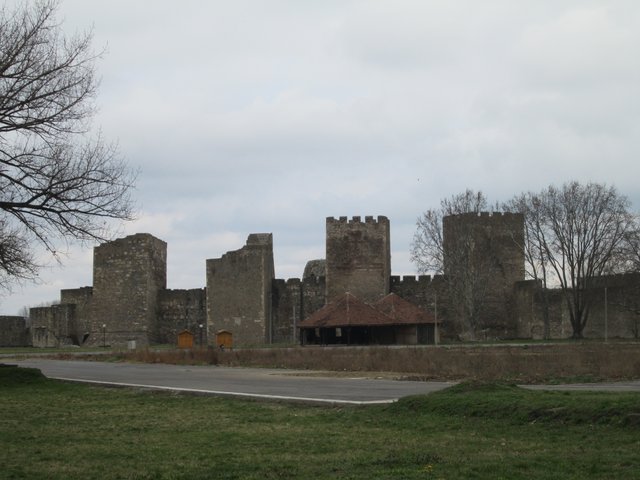
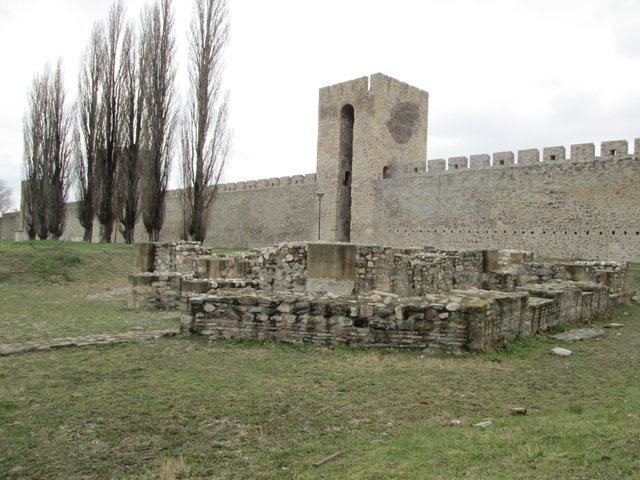
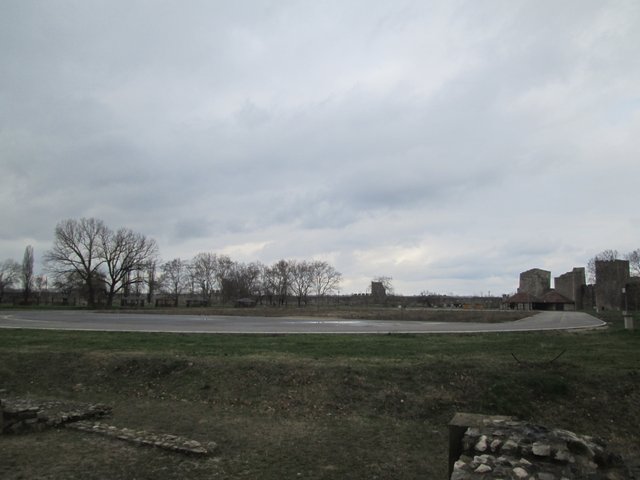
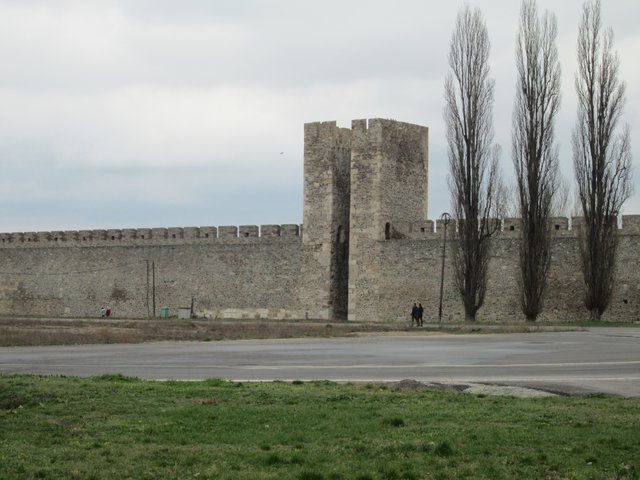
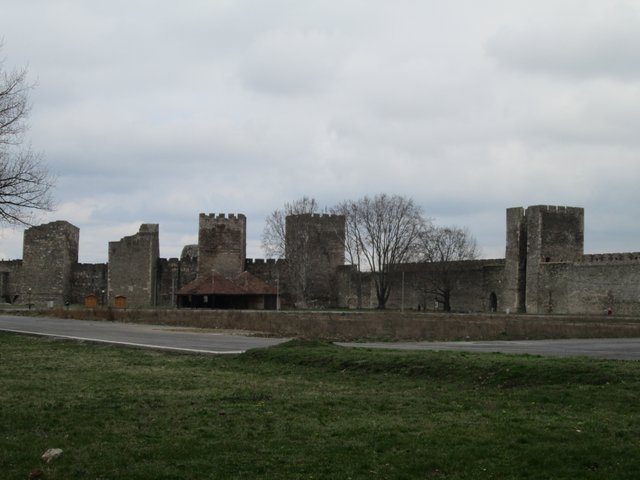
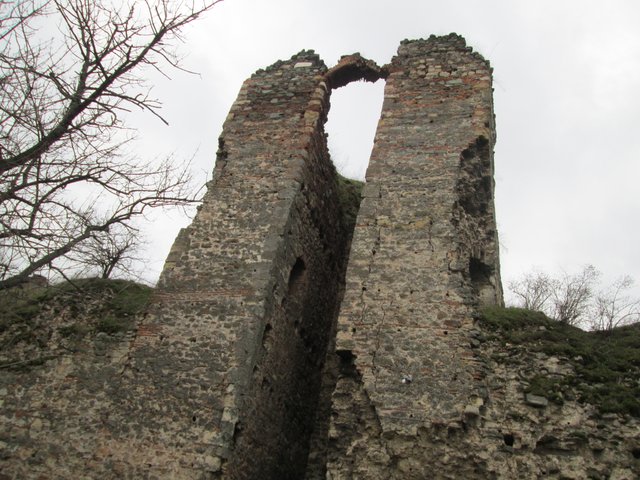
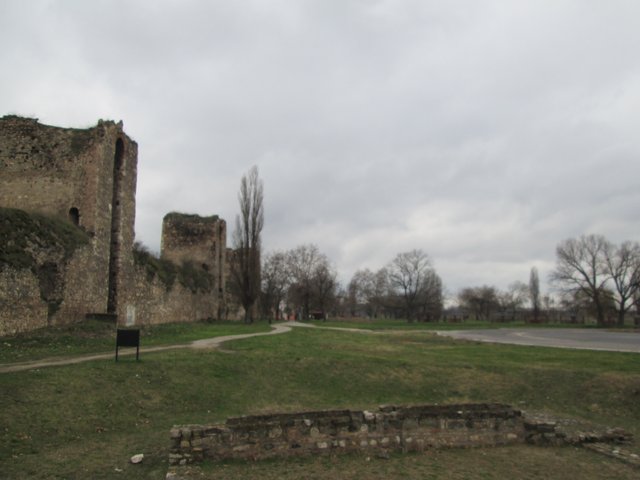
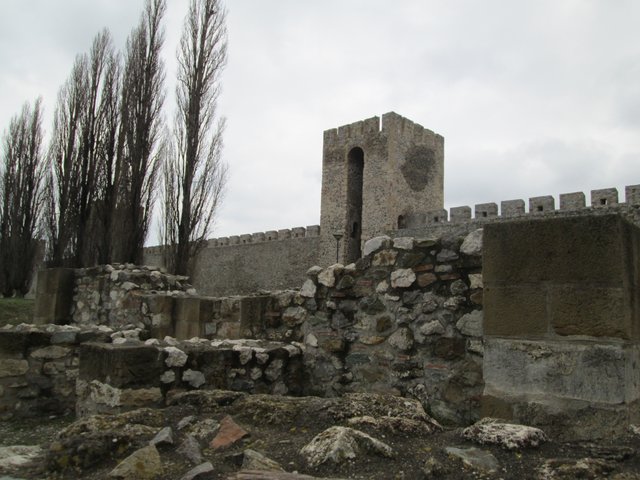
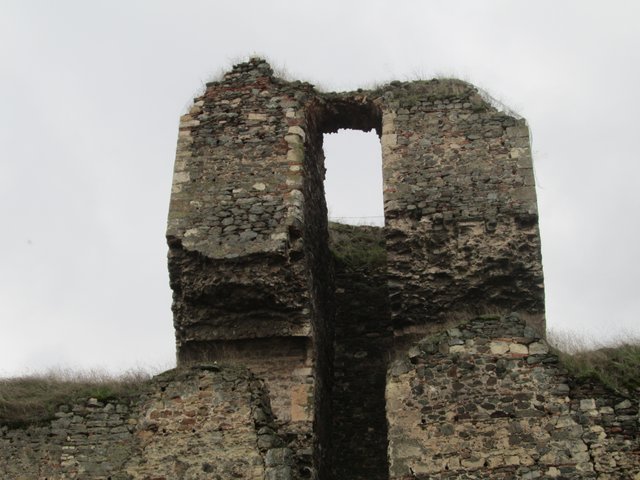
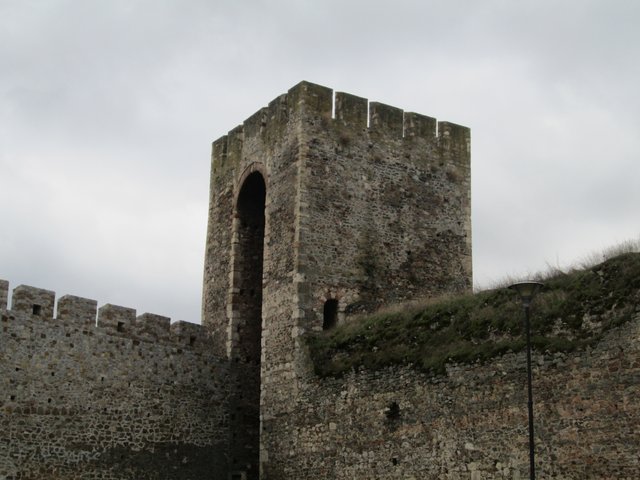
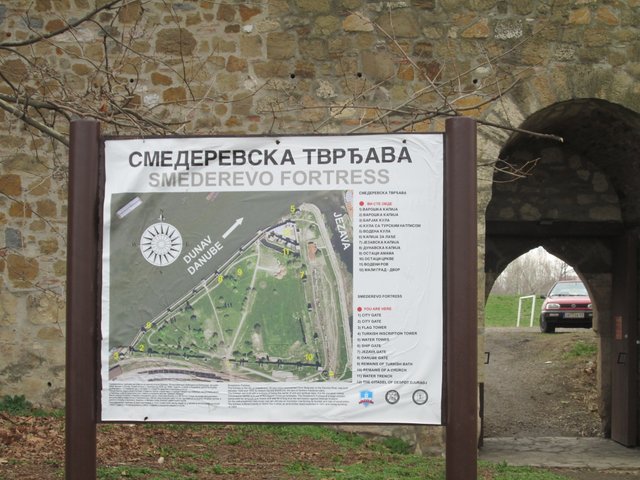
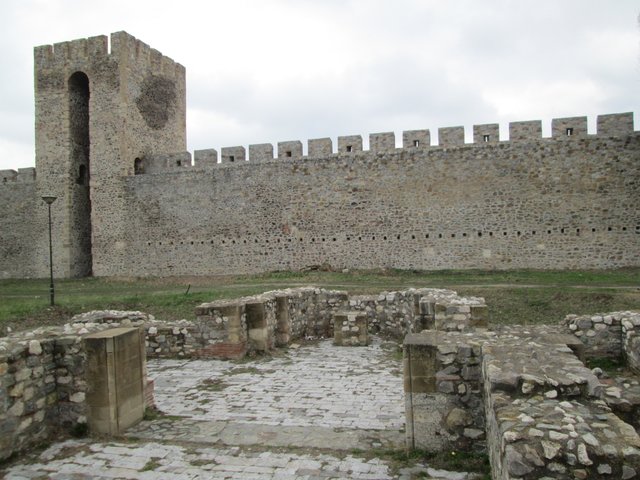
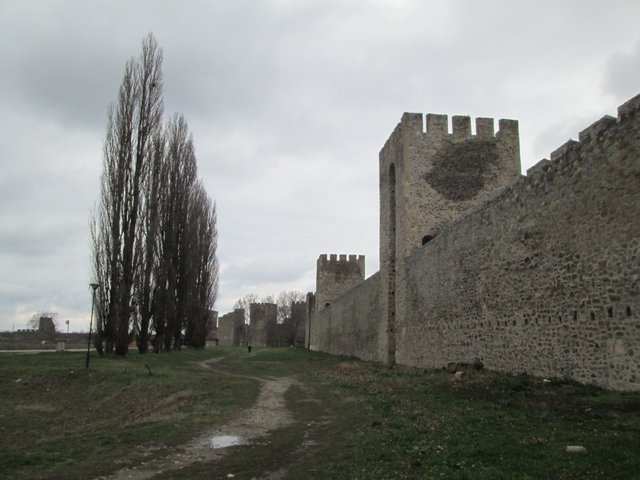
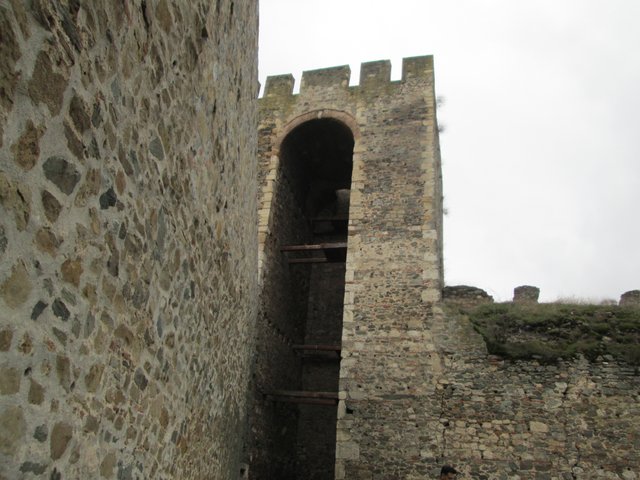
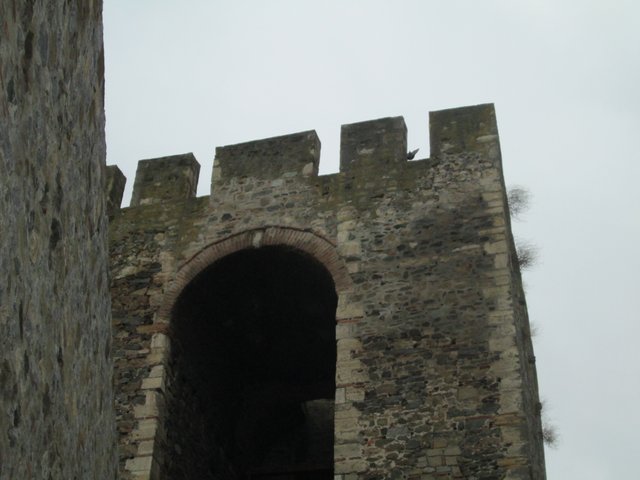
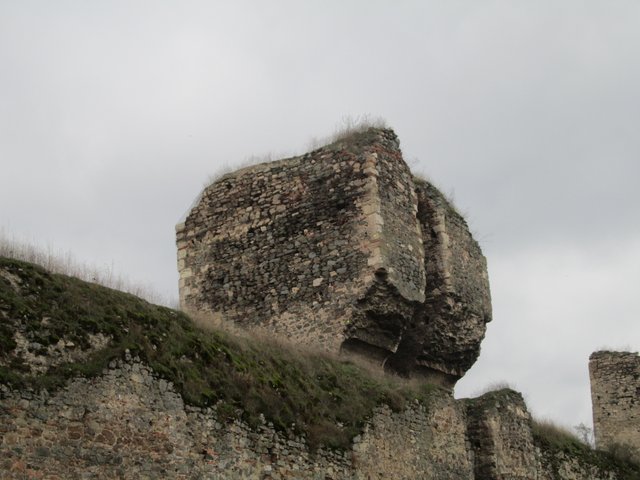
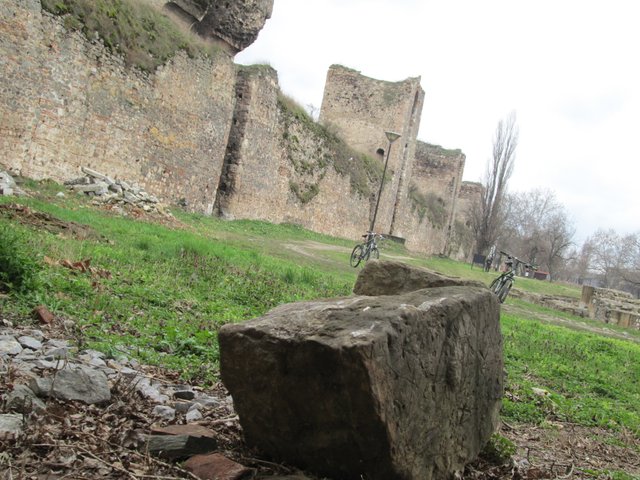
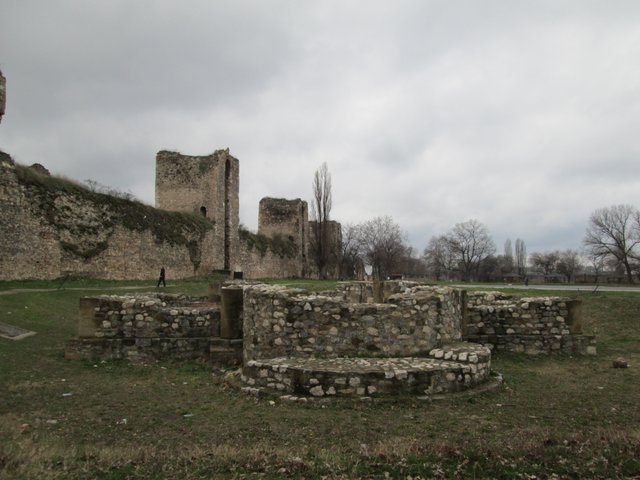
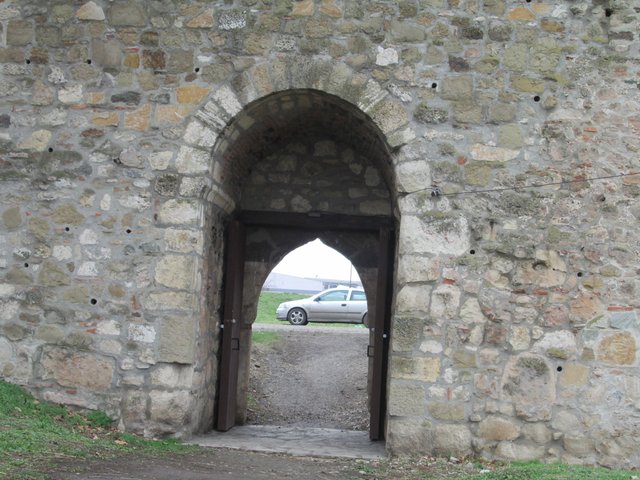
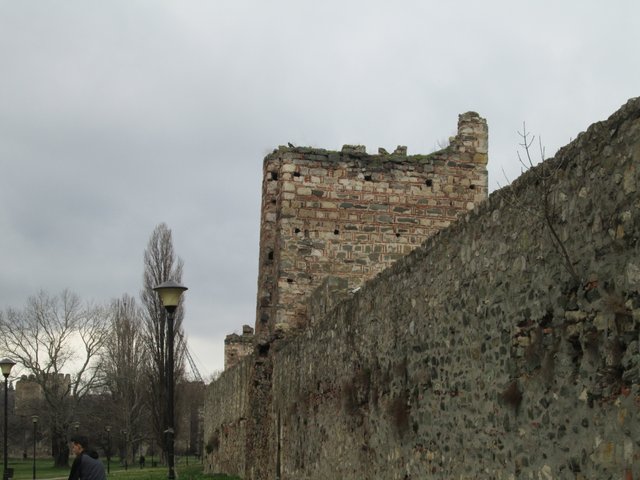
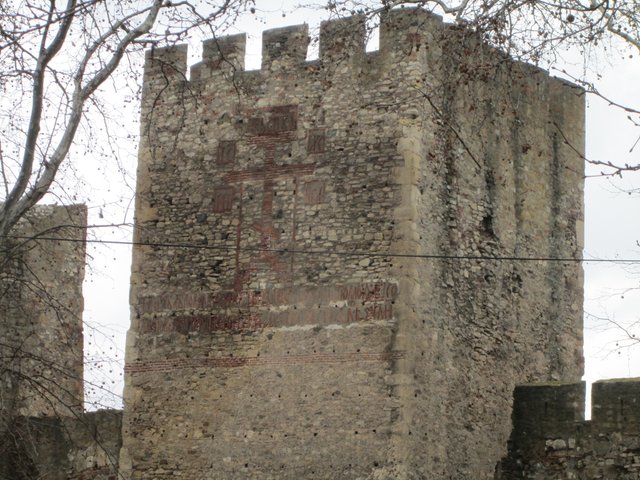
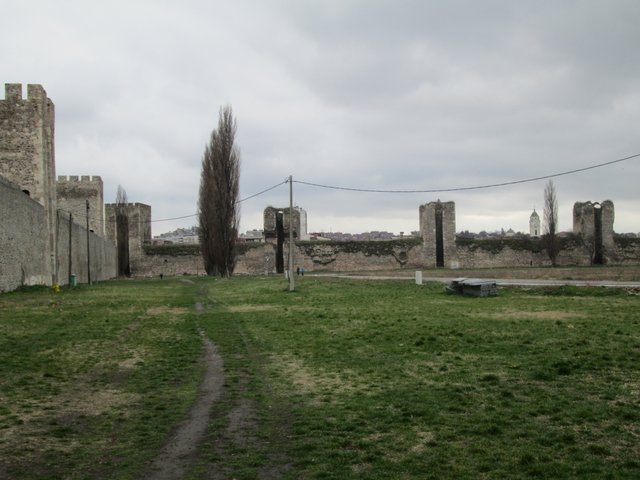
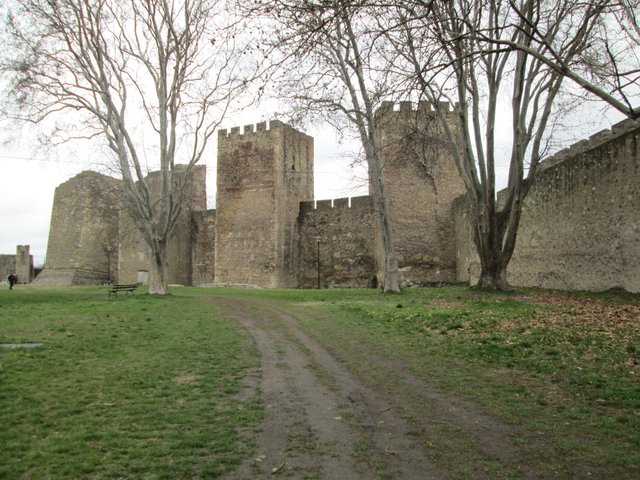
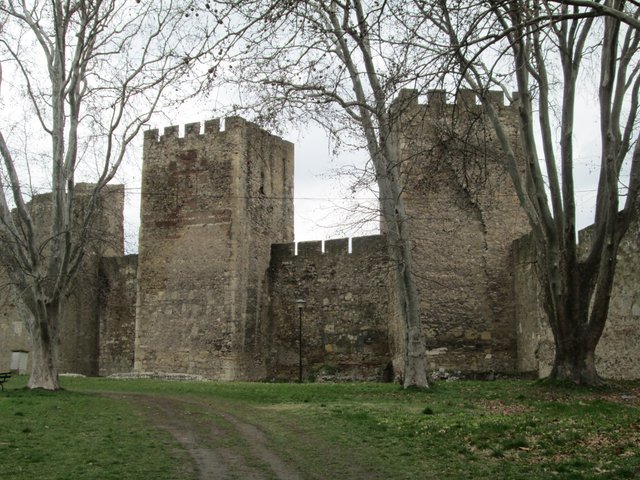
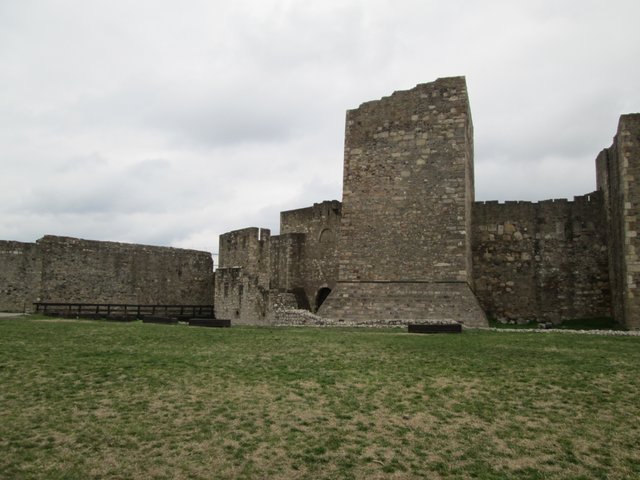
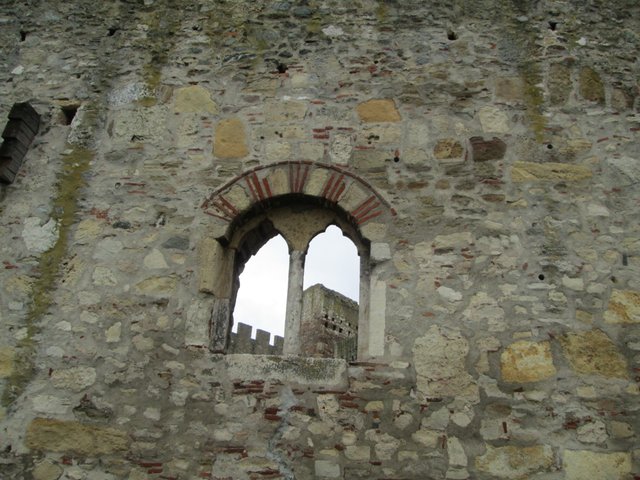
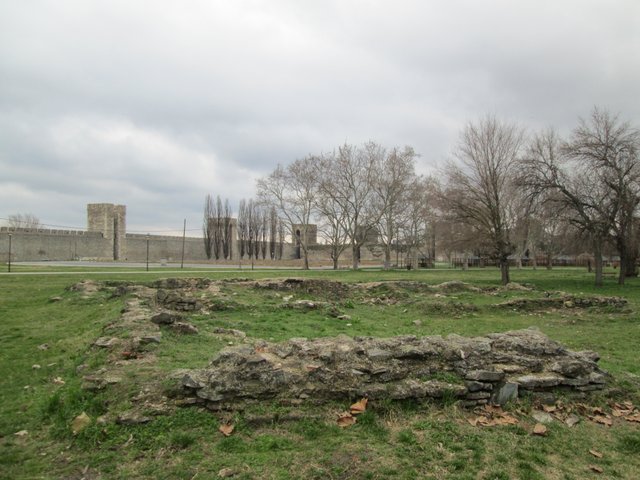
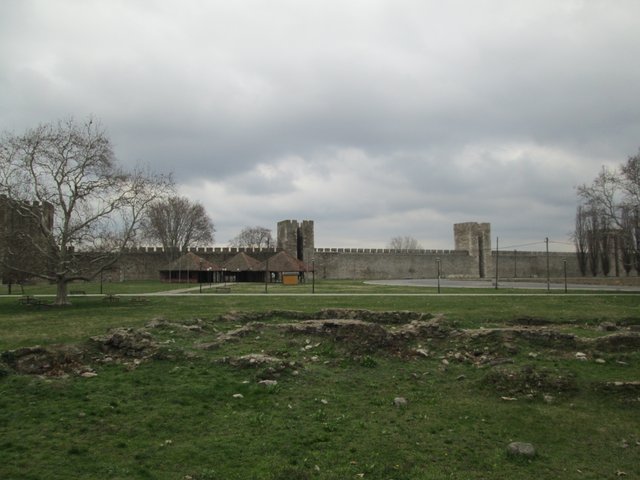
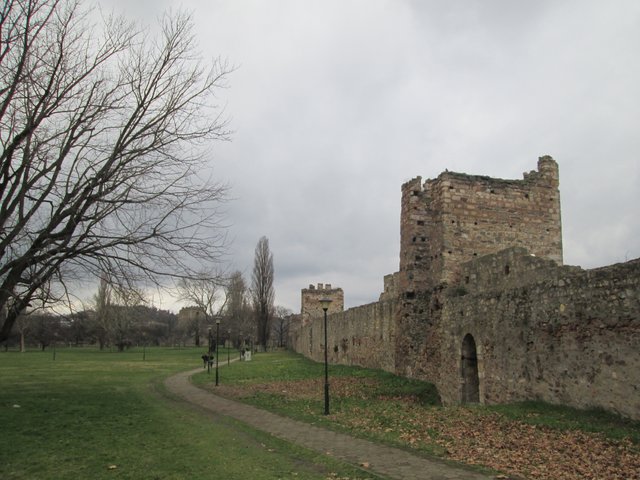
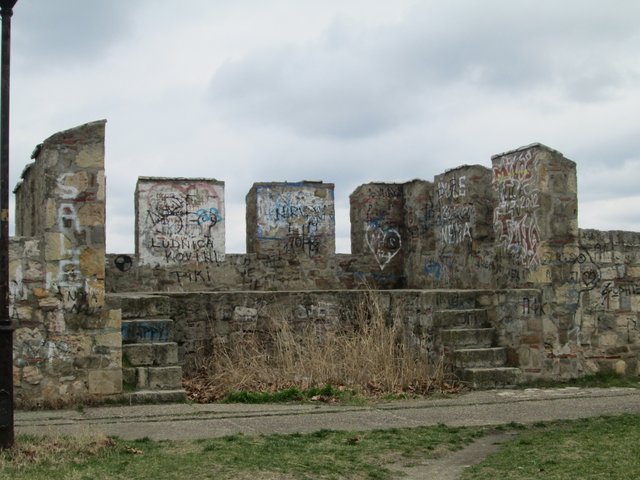
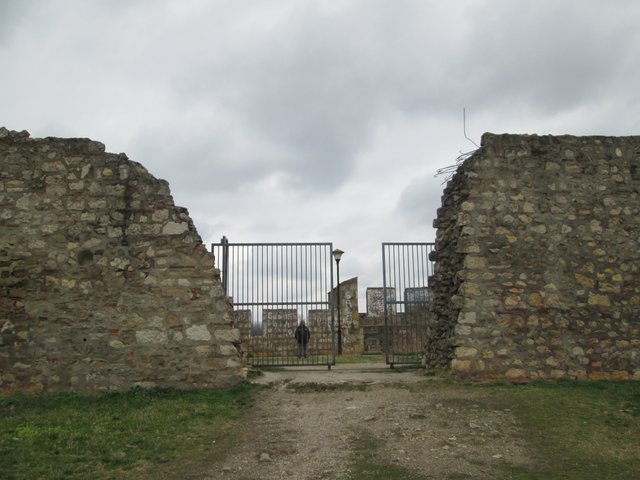
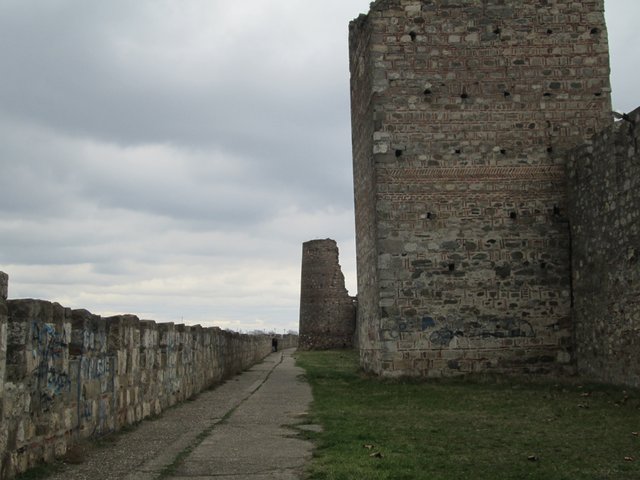
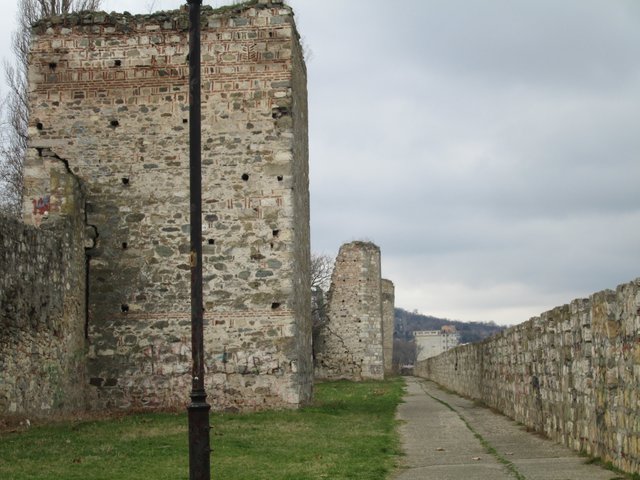
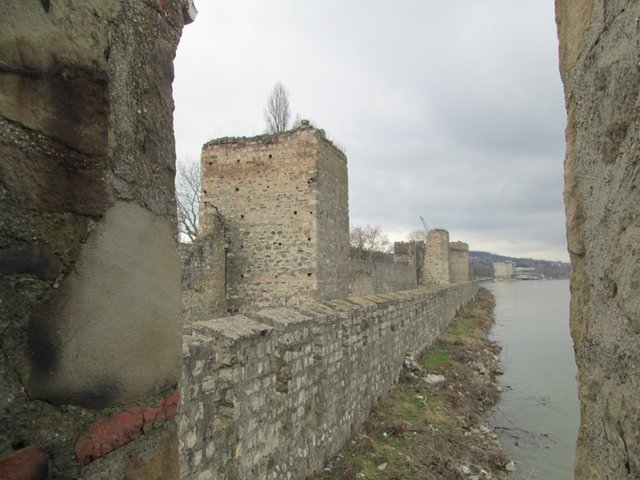
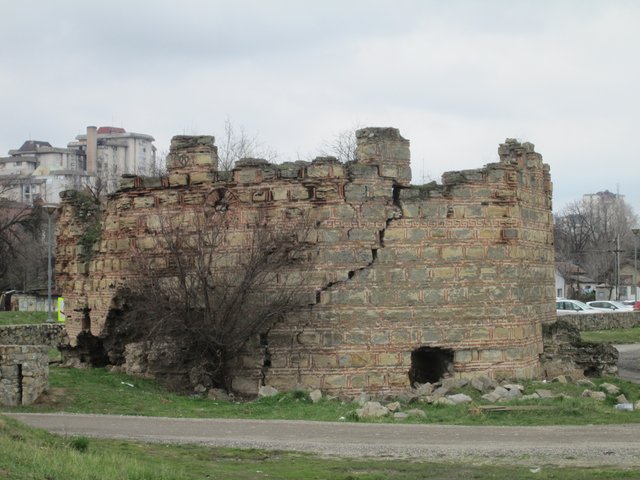
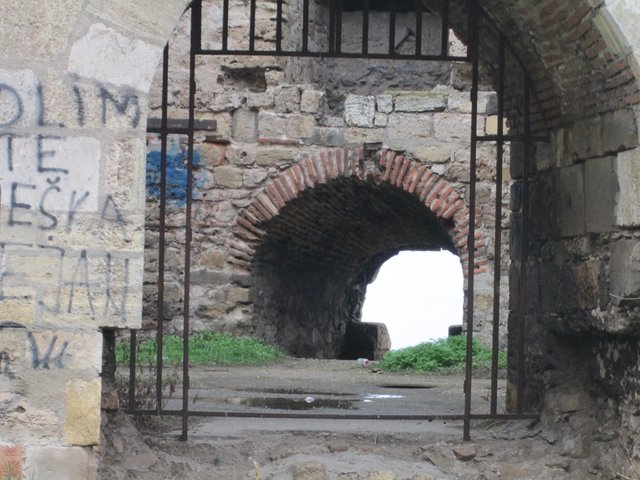
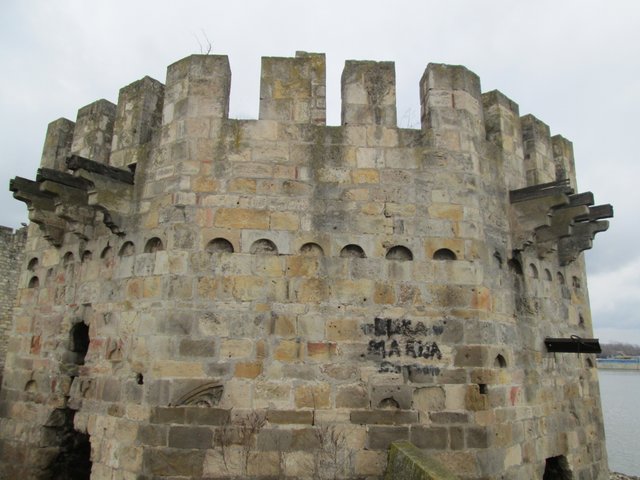
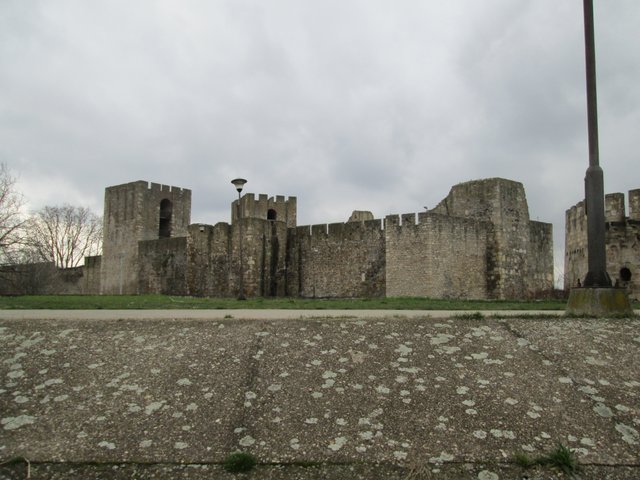
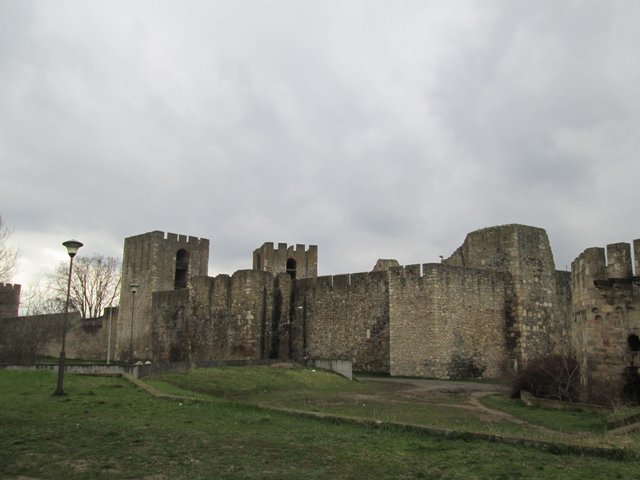
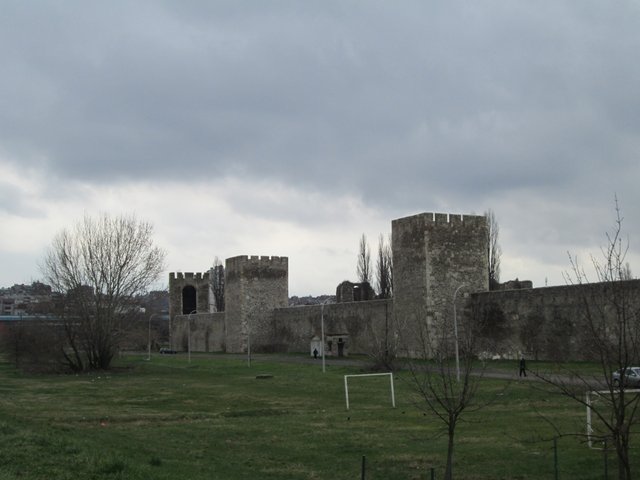
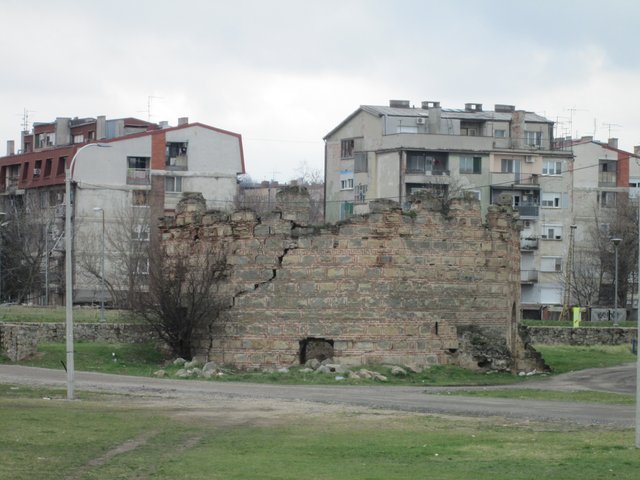
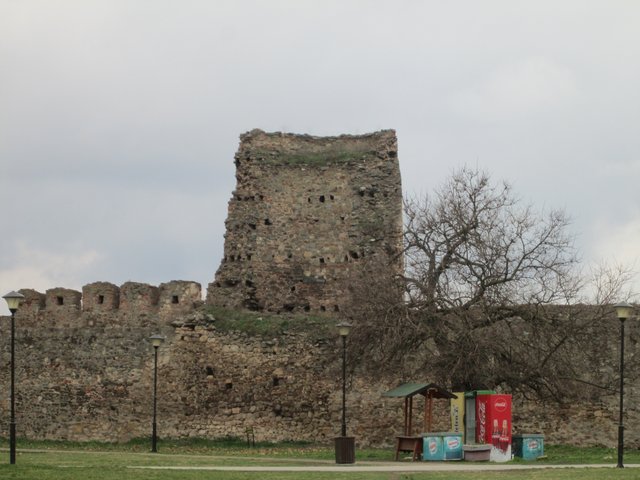
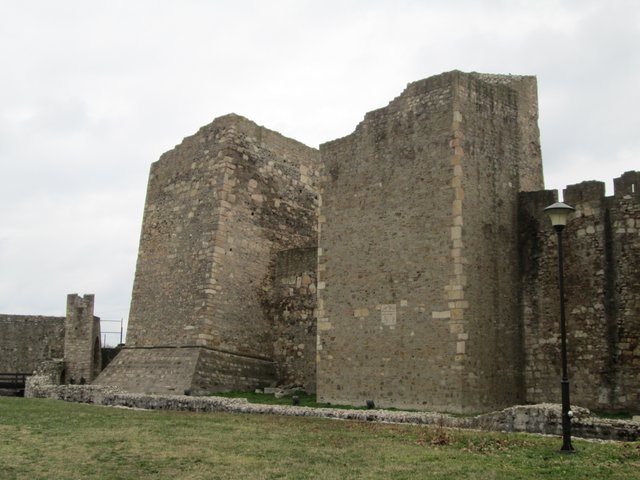
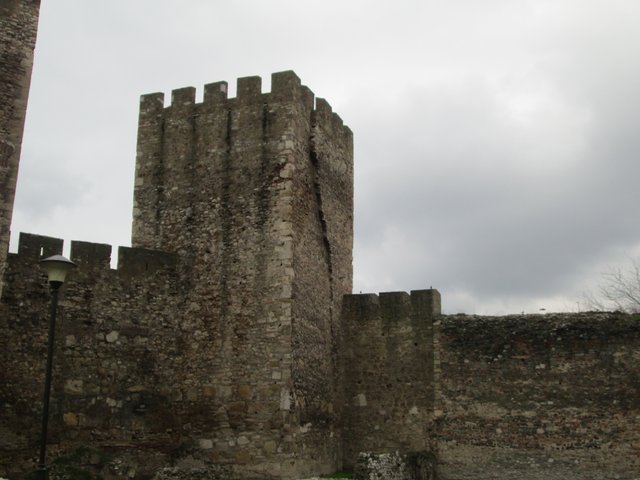
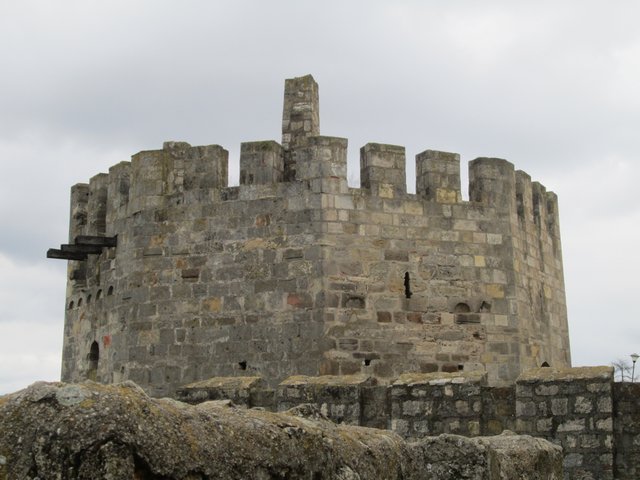
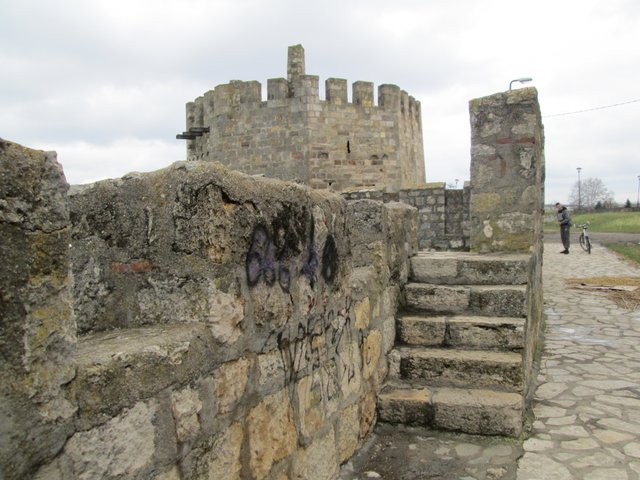
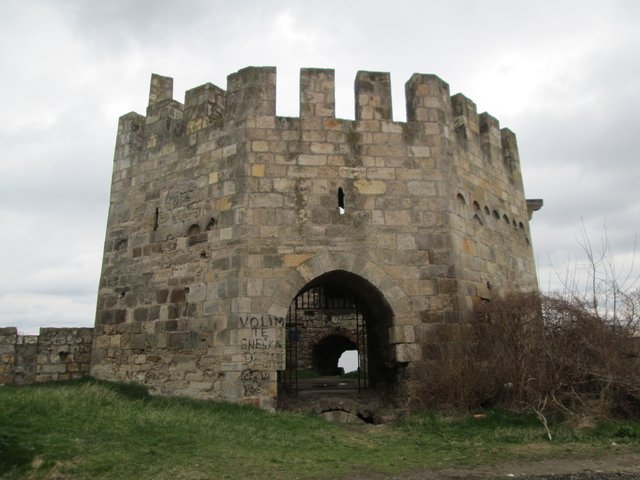

Nice! It looks preety well preserved.Too bad I see a lot of paintings in some pictures... this shouldn't happen!
Congratulations, Your Post Has Been Added To The Steemit Worldmap!
Author link: http://steemitworldmap.com?author=sarakey
Post link: http://steemitworldmap.com?post=smederevo-fortress
Want to have your post on the map too?
Good to know all that when I will visit Serbia for the first time. Strangely enough, I've been to all those weird places around 3 continents but not to a country that is almost walking distance :)
Congratulations, your post has been upvoted by @dsc-r2cornell, which is the curating account for @R2cornell's Discord Community.
Hi @sarakey,
The TravelFeed.io team manually reviewed your post and we have found a copyright violation in your post.
Since it violates our policies, your post has been hidden from searches on TravelFeed.io, but will remain visible when accessed directly.
To learn more about our policies, you may check them out here. Please contact us through our Discord if you wish to appeal.